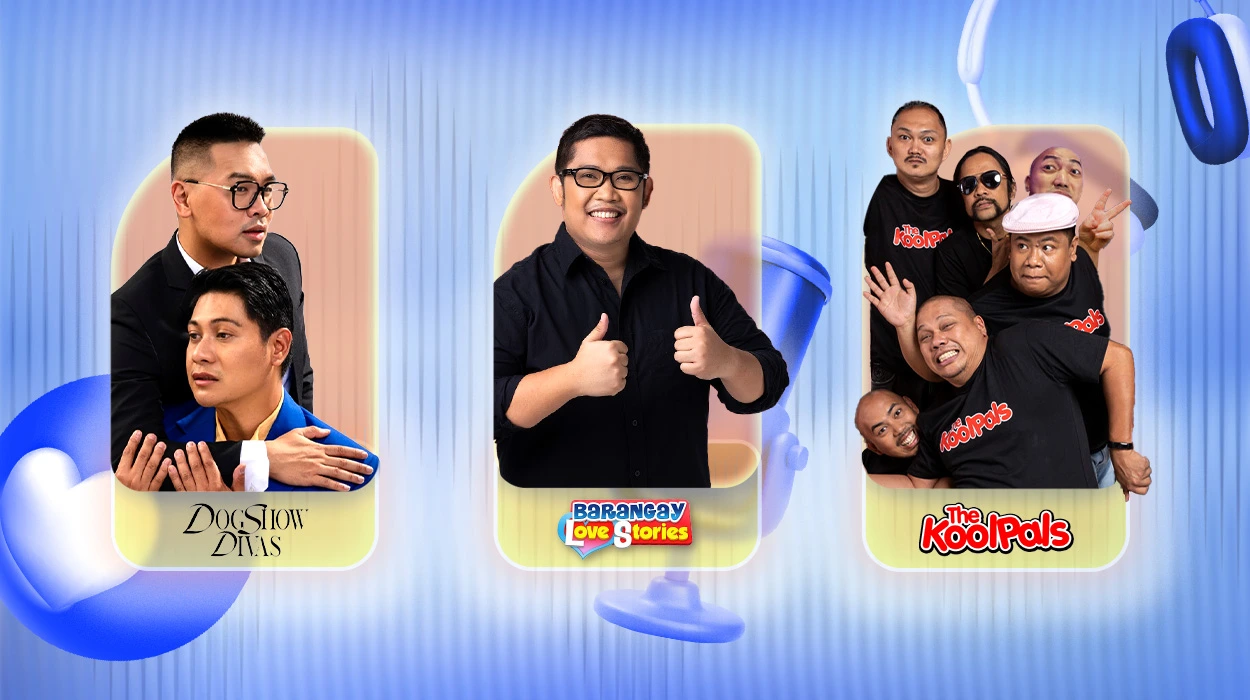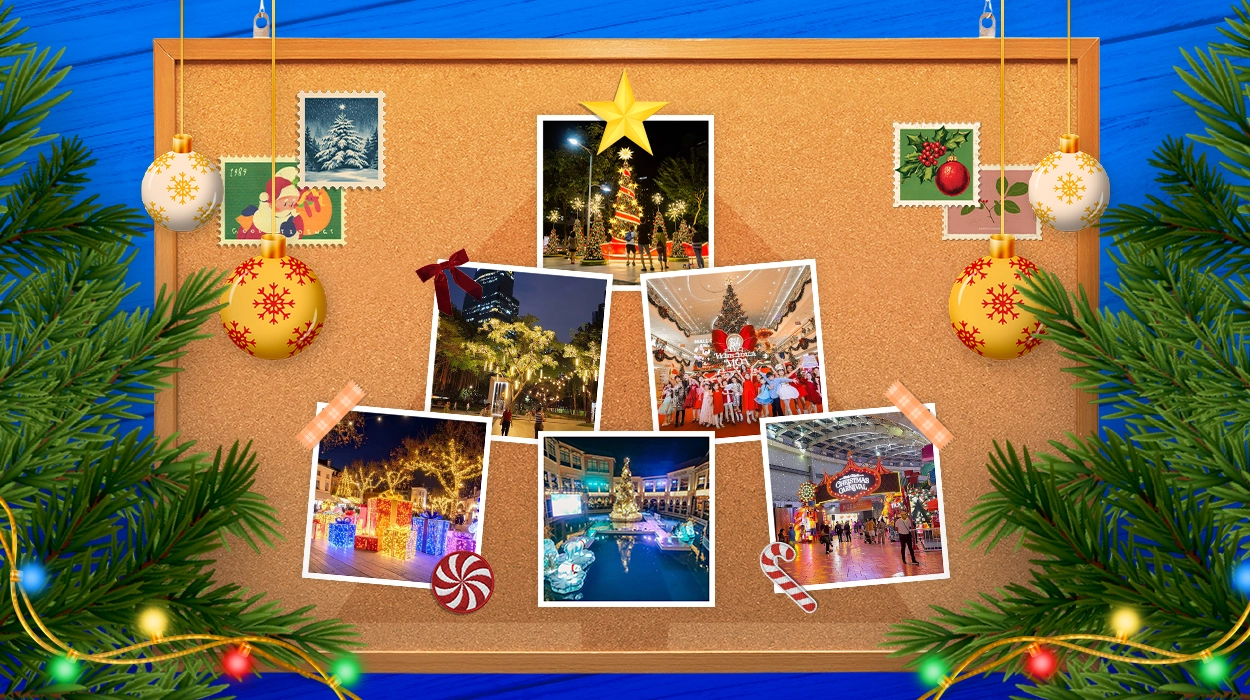Ever wondered how a few sequined performers could reshape an entire culture? The Philippine drag scene isn’t only a form of entertainment, it has become a powerful force for social change, artistic expression, and LGBTQ+ advocacy. These five Filipino drag queens are rewriting what it means to be an artist, a Filipino, and above all: unapologetically queer.
From viral mall performances to international stages, these performers are proving that drag transcends entertainment. They’re using their platforms to challenge norms, uplift marginalized voices, and show the world that Filipino talent deserves global recognition. Now, here are the queens that turned the judgement of others into passion!
The 5 Most Popular Filipino Drag Queens:
- Precious Paula Nicole
- Marina Summers
- Maxie Andreison
- Taylor Sheesh
- Pura Luka Vega
Precious Paula Nicole
Precious Paula Nicole did more than just winning the crown. Starting her journey in 2010 at Manila’s O Bar under the alias Vodka Fierce, she spent years and years developing her craft. As the winner of the first season of Drag Race Philippines, she has established herself as a mentor figure in the community.
When Typhoon Karding devastated communities in 2022, Precious used her platform for a major cause. She mobilized her fanbase and fellow queens through the Angat Buhay NGO, proving that drag queens can be (and most are already) community leaders. Precious transforms drag from more than just what we see on stage. Starring in the 2025 film “Sisenta!”, she tackles aging queer narratives and addresses issues that the mainstream rarely touches. She’s living proof that authenticity and advocacy can coexist with entertainment.
Marina Summers
Marina Summers took her Nueva Vizcaya roots to international stages and made the world fall in love with Filipino culture. Her tinikling-inspired looks and bangus-themed gowns on RuPaul’s Drag Race: UK vs. The World were cultural statements, as she aims to “decolonize beauty standards” by centering indigenous motifs. During the 2022 UnkabogaBALL, she showed up in drag and wore a gown that told the stories of victims during the country’s history of being under a dictatorship. She uses drag as a way of protest, sparking up discussions in the general public as she constantly proves that drag is indeed political.
Not only that, Marina’s discography merges OPM (Original Pinoy Music) with R&B, creating a sound that’s distinctly Filipino yet universally appealing. Marina has worked to expand drag beyond traditional nightclub entertainment, including ventures into music and visual arts. Her performances often celebrate Filipino culture while addressing broader themes of identity and representation.
Maxie Andreison
Remember the 13-year-old who went viral singing “And I Am Telling You I’m Not Going” on Wiltime Bigtime in 2011? That was Maxie, and she’s been captivating audiences ever since. Her path from child prodigy to drag royalty shows that some stars are simply meant to shine.
As much as she entertains with her amazing voice, dance moves, and performance stunts, she also goes out of her way to educate the public. Using her platform for HIV/AIDS awareness and LGBTQ+ rights, she proves that drag can be both fabulous and meaningful. Her grueling early days performing in multiple stockings and foam padding in sweltering venues taught her resilience that now powers her activism. She has worked to expand queer representation in mainstream Filipino media and continues to push for greater visibility and acceptance of the LGBTQ+ community through her performances and public appearances.
Taylor Sheesh
When Taylor Swift announced her Eras Tour would only hit Singapore in Southeast Asia, Filipino Swifties were heartbroken—until Taylor Sheesh stepped in. Her free recreations in Quezon City malls didn’t just fill a void, they created a cultural moment that reached global audiences.
Her Swift-inspired performances caught the attention of Good Morning America and landed her a Strokes Beauty Lab campaign. Taylor’s story goes deeper than viral fame, she’s reclaiming the femininity she was once shamed for. Her dedication to fans who couldn’t afford Swift’s concerts shows that drag can democratize dreams. She has also bravely spoken about using drag to reclaim identity and express femininity authentically.
Pura Luka Vega
Apparently, not all heroes wear capes—some wear beards and wigs. Pura Luka Vega‘s June 2023 performance sparked national controversy and led to arrests under laws penalizing “immoral acts.” For Pura, this was more than just a performance art; it was a statement about faith, identity, and freedom.
Pura’s bearded drag rejects binary aesthetics entirely. Their approach pushes boundaries around what drag can be. Despite facing legal challenges and public controversy, they continue to perform and advocate for artistic freedom and LGBTQ+ rights. Their work raises important questions about religious tolerance and artistic expression in conservative societies.
The Impact of Filipino Drag Culture
Filipino drag culture blends Western drag traditions with local performance arts, creating a distinctive style that incorporates Filipino music, dance, and cultural symbols. The success of Drag Race Philippines has helped legitimize drag in mainstream culture and created new opportunities for performers.
These queens continue to use their platforms to address social issues, celebrate Filipino heritage, and advocate for LGBTQ+ rights. Whether through community outreach, international performances, or provocative art, they demonstrate that drag can be a powerful tool for social change and cultural expression.
FAQs: Filipino Drag Queens
What makes Filipino drag culture unique?
Filipino drag culture blends Western traditions with local performance arts, incorporating Filipino music, traditional dance elements, and cultural symbols while addressing issues specific to the Philippines.
How has Drag Race Philippines impacted the scene?
The show has legitimized drag in mainstream Filipino culture, created mentorship networks, increased LGBTQ+ visibility, and opened doors for drag queens in film, television, and brand campaigns.
What challenges do Filipino drag queens face?
Filipino drag queens navigate societal conservatism, religious opposition, limited legal protections for LGBTQ+ individuals, and sometimes financial constraints, especially for performers outside major cities.
Where can people see drag performances in the Philippines?
Manila’s O Bar is well-known, but drag scenes exist in major cities throughout the Philippines. Performances happen at various venues including bars, malls, pride events, and increasingly in mainstream entertainment venues.
How can people support Filipino drag queens?
Support can include attending live performances, following queens on social media, supporting their advocacy campaigns, and educating oneself about LGBTQ+ issues in the Philippines.
M2.0 Communications is a Public Relations Firm that specializes in business, technology, and lifestyle communication. We offer a range of PR services including corporate communications, media relations, social media marketing, influencer marketing, and video production. Learn more about our work on our case studies page.



